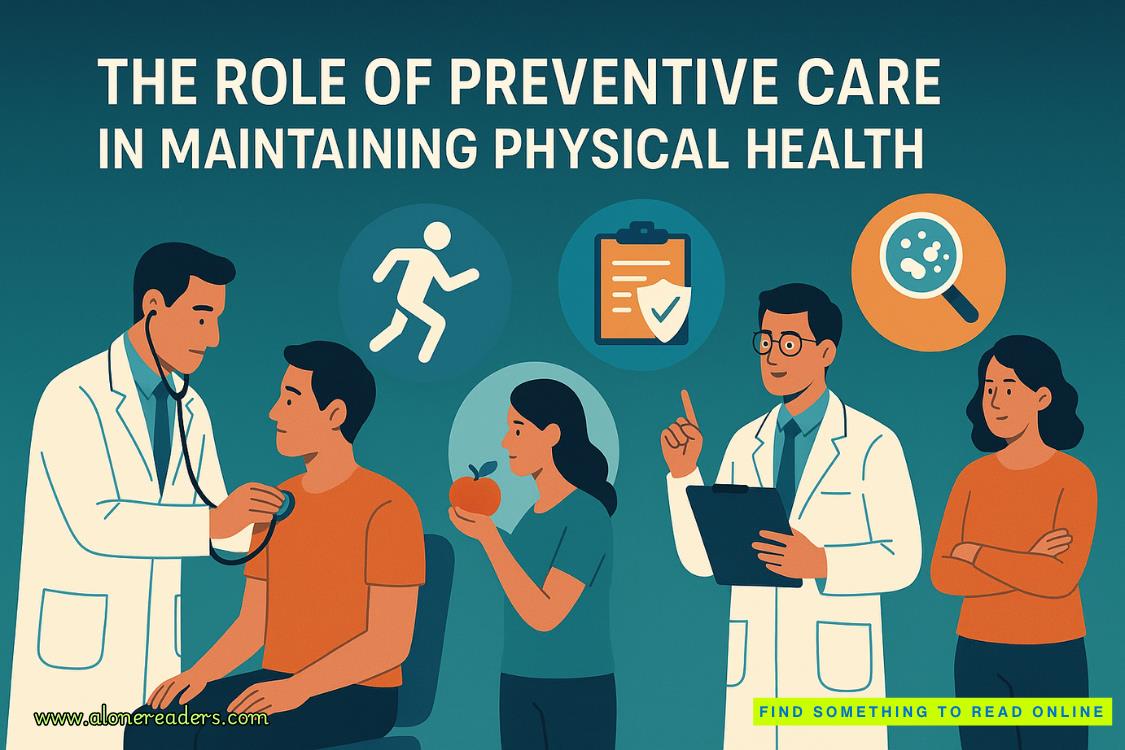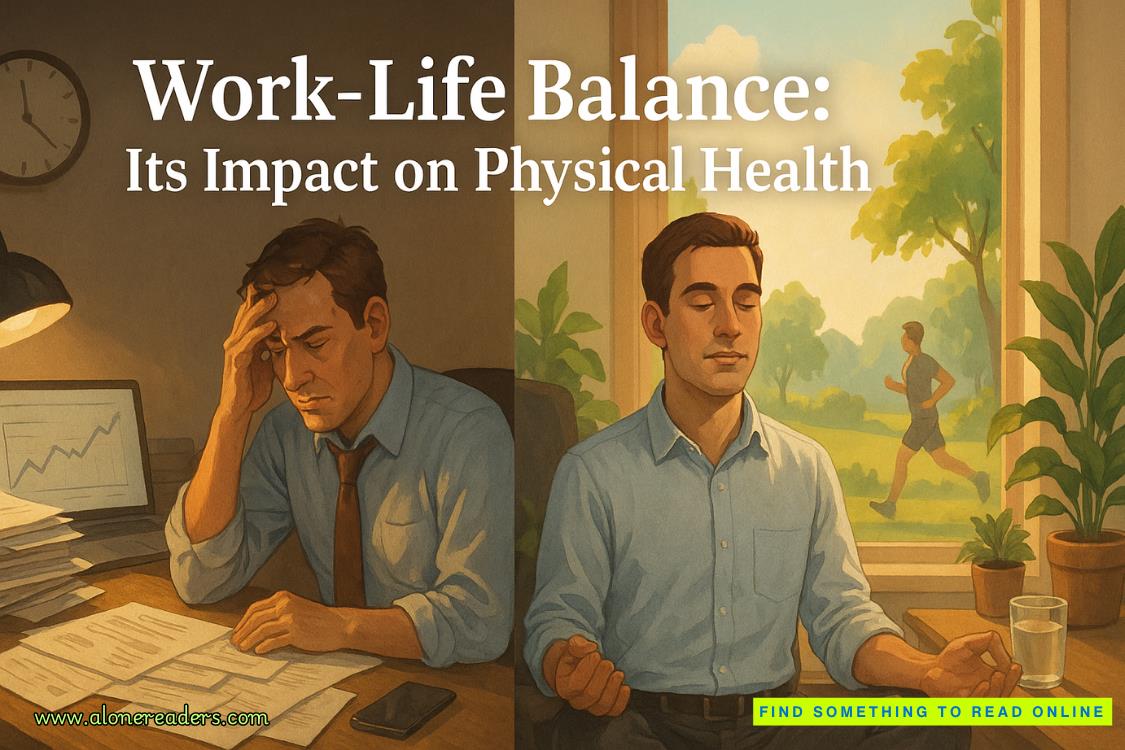Page 25 of Ship Happens
Beside me, Harper’s breath catches. Even through the green tint of the goggles, I can see the wonder on her face as she watches the ancient ritual unfolding before us.
Dr. Marquez gestures toward three flat rocks positioned a safe distance from the nearest turtles. We sit quietly, observing as more turtles emerge from the surf. Harper is transfixed, her earlier skepticism replaced by undisguised awe.
For an hour, we sit in silence, watching the endangered creatures. Occasionally, Dr. Marquez makes notes on a waterproof tablet. As the sky darkens, the first mother finishes laying her eggs and begins the laborious process of covering her nest.
Dr. Marquez gestures that it’s time to go. We follow her back along the path, not speaking until we’re well away from the nesting site.
“That was incredible,” Harper says, her voice hushed with lingering reverence. “How many nesting females are you tracking?”
“Forty-two this season,” Dr. Marquez replies. “Up from twenty-nine last year.”
“The conservation efforts are working,” I add.
Harper nods, impressed. “Clearly. What measures have been most effective?”
As we walk back to the research station, Dr. Marquez and Harper fall into intense scientific discussion about conservation strategies, hatchling survival rates, and habitat protection. I listen, content to let Harper get the information she needs, enjoying her enthusiasm.
Back at the station, Dr. Marquez transfers the complete dataset to Harper’s phone. “This includes everything we’ve collected over five years. Feel free to use it in your assessment.”
“Thank you.” Harper’s gratitude is sincere. “This will strengthen my report.”
“Speaking of which,” I interject, checking the time, “we should head to dinner if we want to make our reservation.”
Harper looks reluctant to leave the research station, which I find endearing. “Dr. Bennett, I promise you can return to talk science another day. But I’ve arranged a rather special meal that’s time sensitive.”
“Fine,” she sighs, then turns to Dr. Marquez. “Thank you for everything. Your work here is remarkable.”
“Come back anytime,” Dr. Marquez replies, then gives me a knowing look. “Enjoy your dinner.”
We follow a different path from the research station, this one heading toward the island’s southern tip. The forest gives way to coastal vegetation as we approach a small, secluded bay.
“Where are we going?” Harper asks.
“You’ll see.”
The path opens onto a small, crescent-shaped beach, private and sheltered from view. At the center of the beach stands a single table set for two, surrounded by lanterns that give off a soft, amber glow. Behind it, a temporary pavilion houses a private chef station.
Harper stops. “This is... excessive.”
“It’s dinner.”
“On a private beach with mood lighting and a personal chef. That’s not just dinner, Ethan.”
I shrug, feeling defensive. “I won that obstacle course fair and square. This is the prize.”
“This feels like?—”
“A date?” I finish for her. “Maybe it is. Would that be so terrible?”
She stares at me, clearly caught off guard. “We’re not actually dating.”
“No, but we did just spend an hour watching sea turtles together, which you appeared to enjoy more than most actual dates I’ve been on.”
That gets a reluctant smile from her. “The turtles were amazing.”
“And now we eat.” I gesture toward the table. “Unless you’d prefer to swim back to the ship? We can call it shark research.”
“You’re impossible.” But she walks toward the table, the tension in her shoulders easing.















